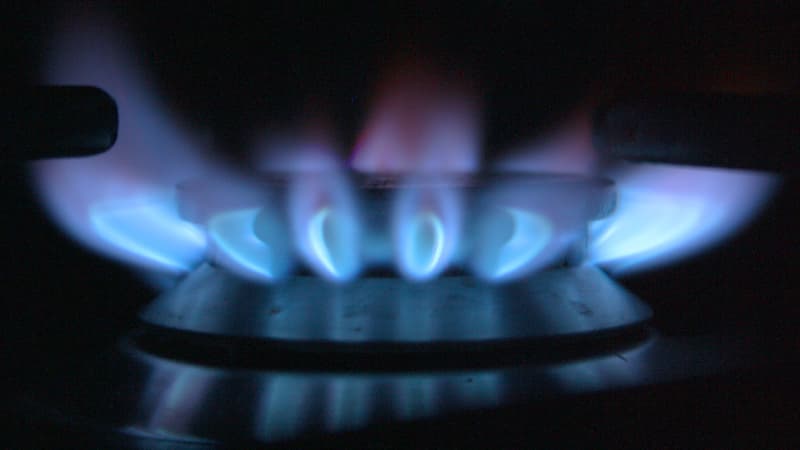At 39,045 euros per megawatt hour, the price of European natural gas (Dutch TTF) rose again by more than 13% this Tuesday, after having once again crossed the threshold of 40 euros per MWh.
In question, the threats of strikes in Australia in important gas installations. Gas prices in Europe “are rising as the risk of strikes by Australian LNG (liquefied natural gas) workers increases,” said Edward Moya, an analyst at Oanda.
“About 10% of global LNG exports at risk”
Last week, gas prices had already soared following a strike call at Woodside’s offshore liquefied natural gas platforms in Western Australia. “If the talks fail, around 10% of global LNG exports will be threatened,” says Edward Moya.
Its US competitor, Chevron, is also facing a strike threat from its offshore platform personnel. Therefore, investors fear that Asian buyers in need of LNG will shift to the European market, thus increasing demand and prices.
At the same time, while inventories are “not a concern at the moment”, according to the analyst, as Europe has worked to recover solid levels ahead of winter, a warm end to summer could nevertheless create a new peak of gas demand related to air conditioning. .
Oil prices fall after release of Chinese indicators
For its part, oil prices extended their losses on Tuesday after the publication in China of a series of disappointing economic indicators. At around 5:20 p.m., a barrel of North Sea Brent, for October delivery, was down 1.50% to $84.92. Its American equivalent, a barrel of West Texas Intermediate (WTI), for delivery in September, yielded 1.73% to $81.08.
Crude prices “have continued to pull back from their 6-month highs since last week, after this morning’s economic data from China indicated much deeper malaise in the Chinese economy,” says Michael Hewson of CMC Markets. Since China is the world’s largest importer of crude oil, the health of its economy is indeed a major driver of oil demand.
Chinese retail sales, the main gauge of household consumption, rose just 2.5% year-on-year last month, according to official figures from the National Bureau of Statistics (NBS). This lower figure than expected by analysts is a new sign of sluggish consumption in the country. Industrial production also slowed down in July (+3.7% year-on-year), compared to 4.4% in the previous month.
Following this series of disappointing indicators, China even suspended the monthly publication of its detailed youth unemployment figures on Tuesday, following an all-time high in recent months. Crude prices, which have been rising since late June against the backdrop of OPEC+ oil-exporting countries’ production cuts, “seem to clash with the reality of a possible prolonged slowdown in China,” continues Mr. Hewson.
Source: BFM TV


